Zoom Background: Directing Your “Movie”
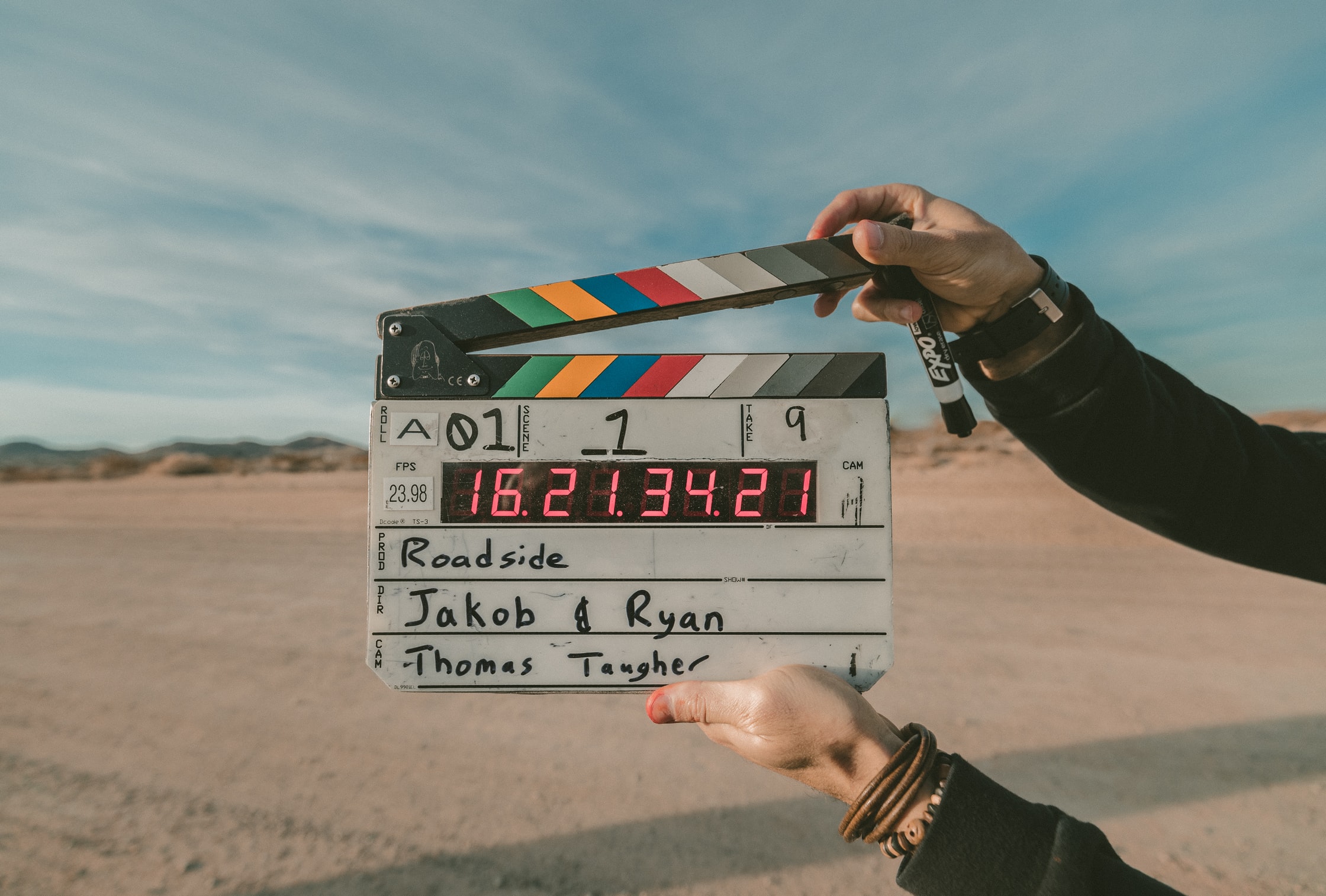
Turn on your camera right now as if you were on a video call, with your usual Zoom background. Then, with a neutral expression, take a screenshot.
Imagine you were directing a film. You would use your framing, lighting, camera angle, and background all to serve the story. When we watch a film, the camera is our proxy – it is literally our point of view into that “world.” A good director can create all kinds of psychological effects in the mind of the viewer based on how they setup a shot.
Imagine this picture of you was the opening scene of a movie. How might this image set your expectations for what’s going to happen? Does it feel light and happy? Dark and ominous? Does the character seem to be strong or weak? Do you feel unsettled for some reason? Grounded? Confrontational?
For many of us, being “camera-ready” comes down to just two questions:
- Do I have food in my teeth?
- Do I have anything embarrassing in the background?
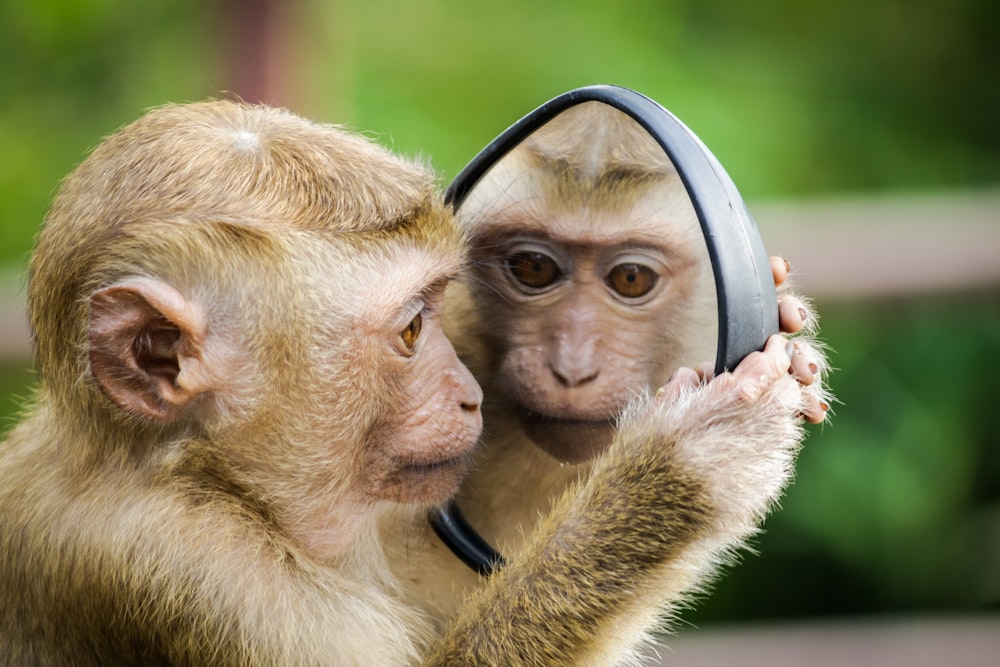
In filmmaking, directors often rely on the background to fill in a lot of expositional color when introducing certain characters. We may think watching TV is a mindless activity, but really our unconscious minds are actively creating the story. So, what story might someone create when they log into a Zoom call and see this image of you?
Here’s a few cinematic tricks to help you be more aware of what you’re “saying” before you say a word.
Rule 1) Setup the camera as if it was the eye line of a person sitting in the room with you.
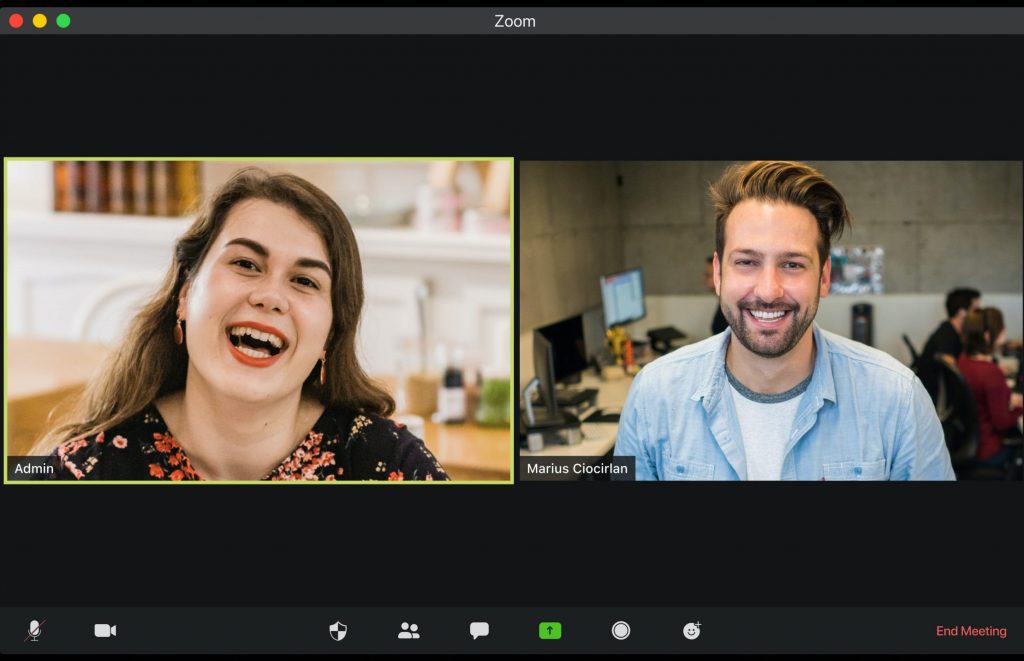
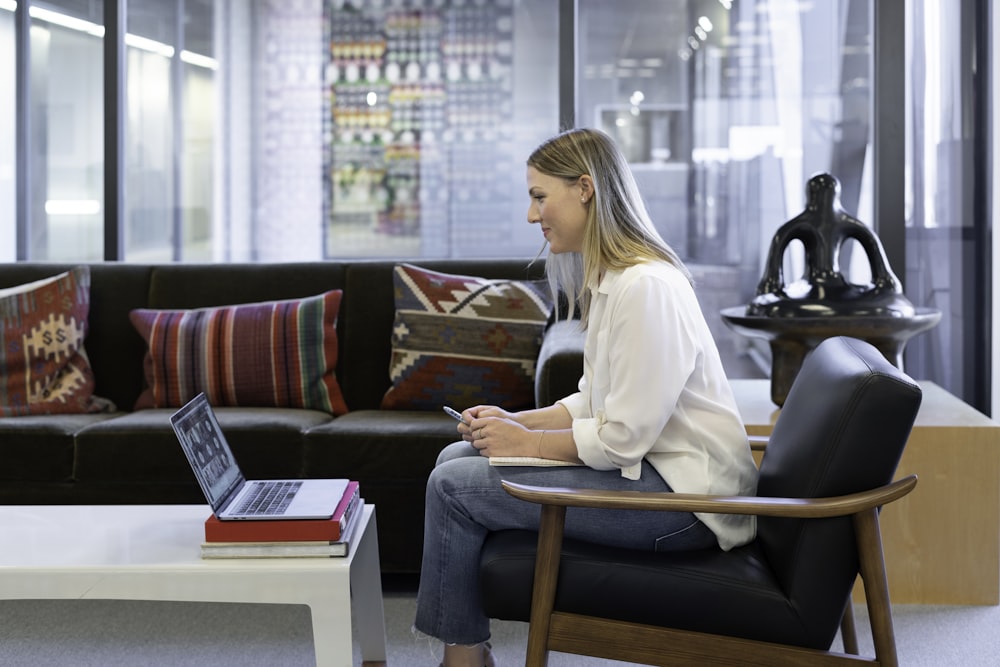
Find the right distance.
Ever notice that when the camera zooms in really close to a person’s face it’s unsettling? Sitting too close to the camera is like being a close talker. Just because they can’t smell your breath doesn’t mean they want to see your pores. The “right” distance might depend on the meeting as well. If it’s an intimate dialogue then closer might be fine. Formal conversations need a bit more space. If you were having this meeting in person how much distance would you naturally keep – put the camera there.
Find the right camera angle.
Almost all portraits are shot on eye level with the subject. When a camera is positioned below a subject it makes them look down on us. In movies this can make the character look menacing, powerful, or arrogant. The opposite is true as well. If the camera is looking down on someone it can make them look vulnerable, weaker, or deferential. This can be used subtly. Set a tone that matches the context.
Find the right body angle.
How many conversations do you have where the person’s shoulders are square on with yours the entire time? What types of conversations are normally like this? It’s probably when it’s an intense subject or they’re confronting you about something. Our unconscious minds pick up on these cues and it can make even casual meetings have a strange intensity. Again, if you were having this meeting in person how might you position your body relative to theirs? Try scooting back a bit and turning your chair slightly.
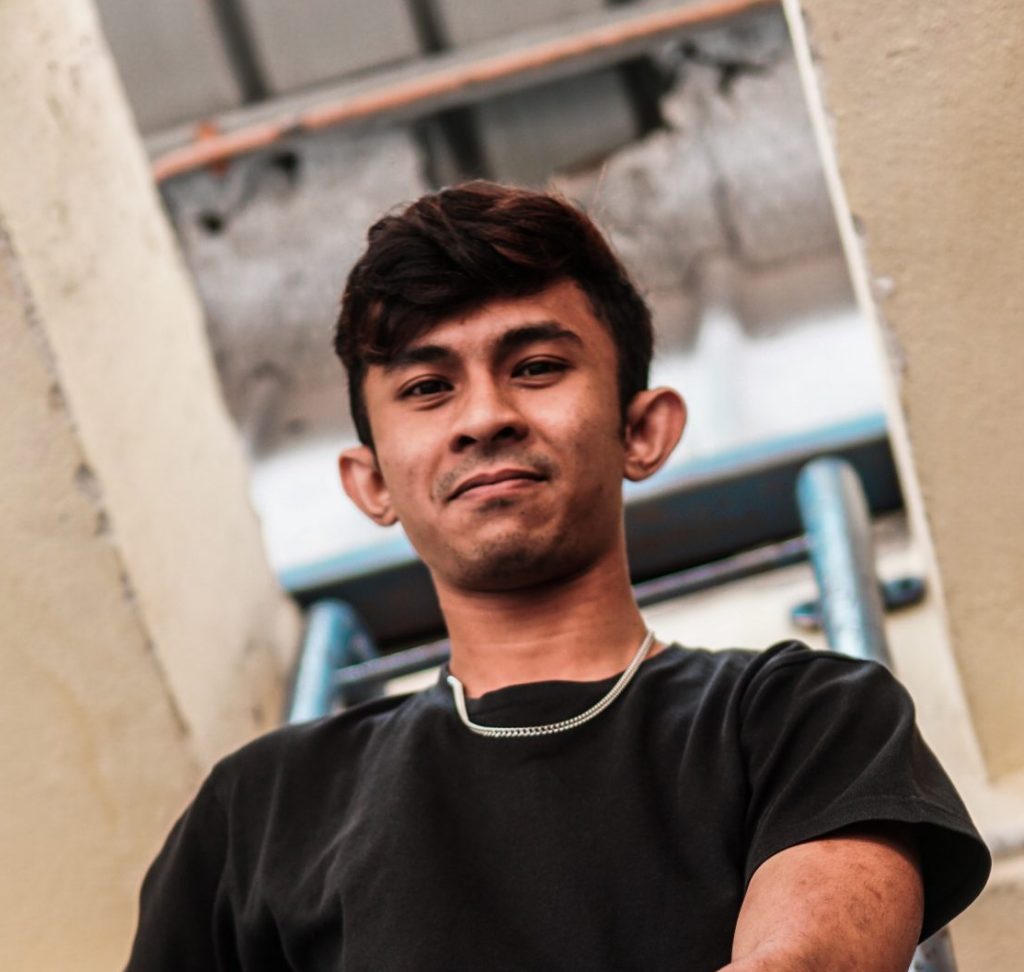

Rule 2) Everything on screen is “you” – including your Zoom background.
Emphasize the qualities you want to project.
This is especially true for job interviews. If you’re interviewing to be an accountant your room should say, “I’m organized, clean, and neat.” You might get rid of clutter and find a background with clean straight lines. You could even go so far as displaying a tidy filing box or other “visual cues” that unconsciously communicate how you see the world. This is the perfect place to practice appropriate boundaries between work and non-work life. You want to show that you’re a real person with hobbies, interests, and passions. But, you also might want to get the dirty dishes out of the shot. Here’s a simple rule, try not to have anything in the shot you wouldn’t want someone to ask you about.
If you’re interviewing to be an accountant your room should say, “I’m organized, clean, and neat.”
Lights, then camera, action!
In filmmaking, the most common lighting setup is called 3-point lighting. The strongest light is the Key Light. For our purposes this often sunlight. Try to position yourself so this light is a little askew, with one side of your face slightly highlighted. Next is the fill light. The Fill Light should come in from the other side in front of you. Often, you can set this light below you to help prevent dark shadows under the eyes or mouth. Finally, use a Back Light to make sure your outline is clearly distinct from the background. Here’s the quick version: make sure your facial features are easy to distinguish and free from any harsh shadows and make sure you don’t blend into the background colors.
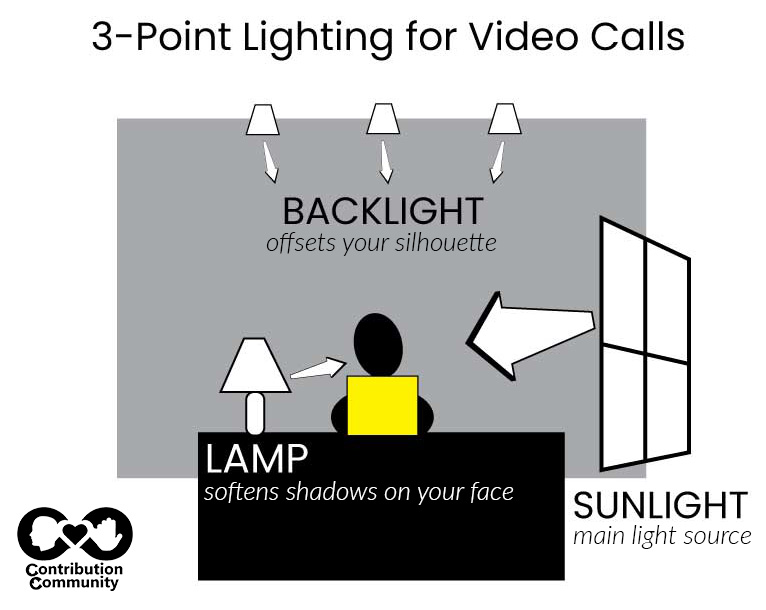
“Room” to breathe.
Aside from what is behind you be aware of how much space is behind you. If you sit right in front of wall it can feel a little oppressive or artificial to a viewer – like they were visiting you in a cell. However, if there’s huge empty space behind you – say a big empty hall – that can create a hollow feeling, making you seem small or overwhelmed. It’s not about the “logic”, it’s about the emotional impression stirred up by the image.
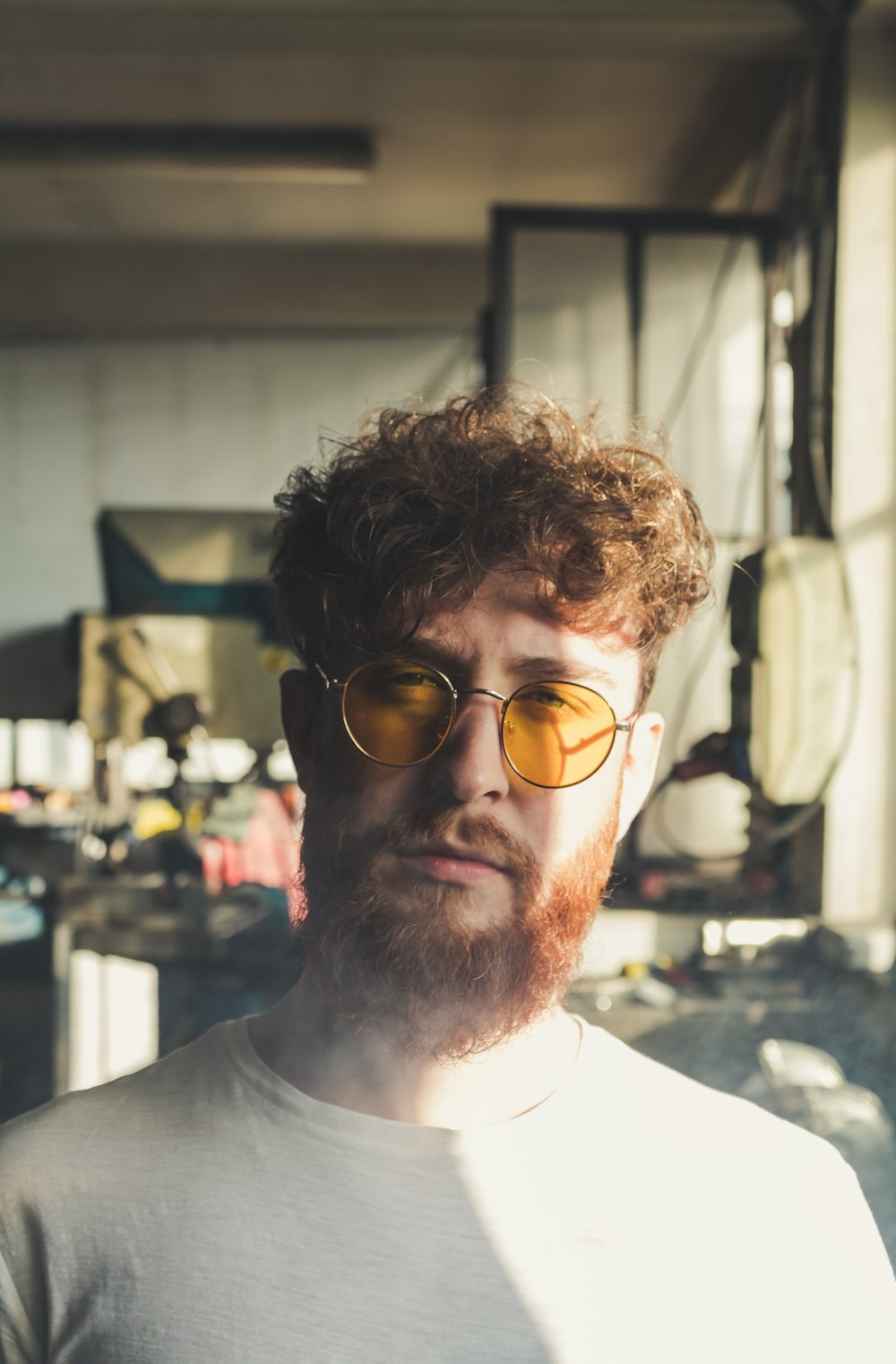
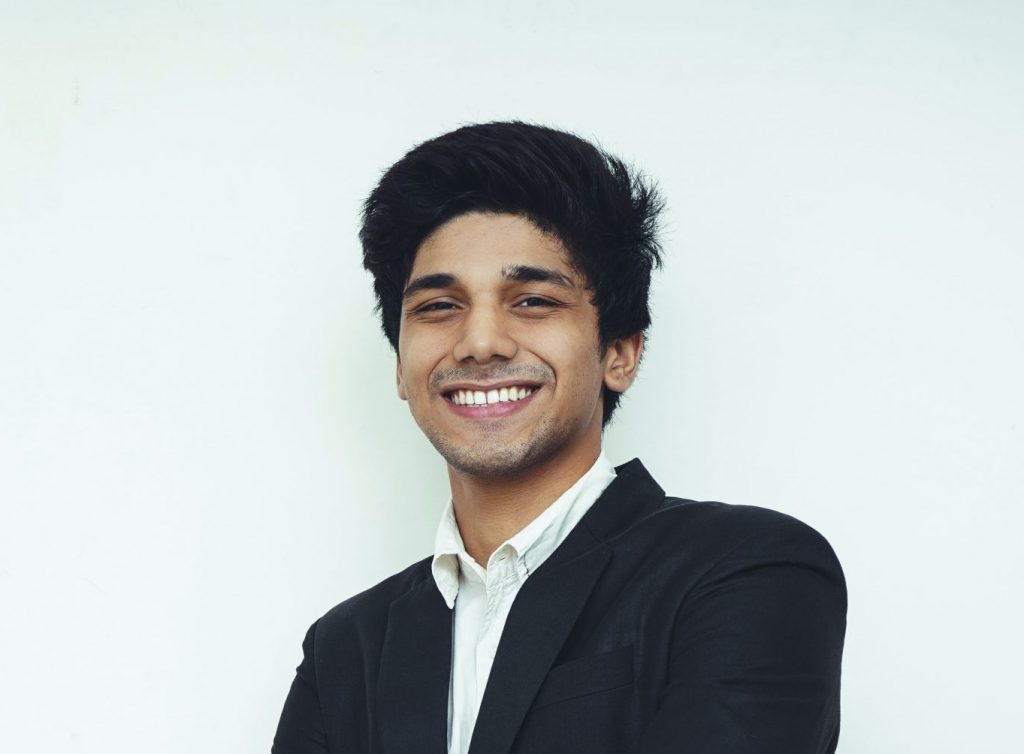

A Note on Virtual Backgrounds
Ok, all of this is subjective – that’s sort of the point. But, my feeling is that virtual backgrounds should be a last resort. It feels awkward & impersonal seeing the pixelated green screen around your head. Hey, sometimes life happens and a picture of a meadow is a heck of a lot nicer than the circus happening in my house right now. So, no judgement – particularly if you’re meeting with people who already know you. But, I’d avoid it when you’re just getting to know people.
Start Experimenting on Zoom
I hope your creative juices are flowing. If you use your imagination and your emotional instincts you can make your video calls a communication advantage. The possibilities are endless…
…Going into a meeting to pitch an idea that could help get the company out of trouble? What if your background included a slightly open door with lighting breaking through?
…Hosting a brainstorming meeting where you want to invite big ideas? Put a big picture window looking out on a bright day in your background.
…Having an intimate one-on-one with an employee where you address a touchy subject? Use a warmer (i.e. more yellow) light and choose a shallower background with softer objects (e.g. curtains, soft furniture, a warm lamp).
Final reality check & the lesson for us as viewers
Work-from-home can also be work-from-chaos. Sometimes you simply won’t be able to easily move to a new location for different meetings. That’s fine. Creativity loves constraints. Work with what you have and stay positive. Your attitude, tone of voice, and preparation are still what gets the spotlight – just remember to step back and see the whole picture.
Also, let this be a reminder to us NOT to just judge a book by its zoom background. We’re hardwired to make these unconscious associations. But, now that we know, let’s show grace and compassion when we’re on the other end. Not everyone has the means or the time to setup the studio-perfect video call.

You must be logged in to post a comment.